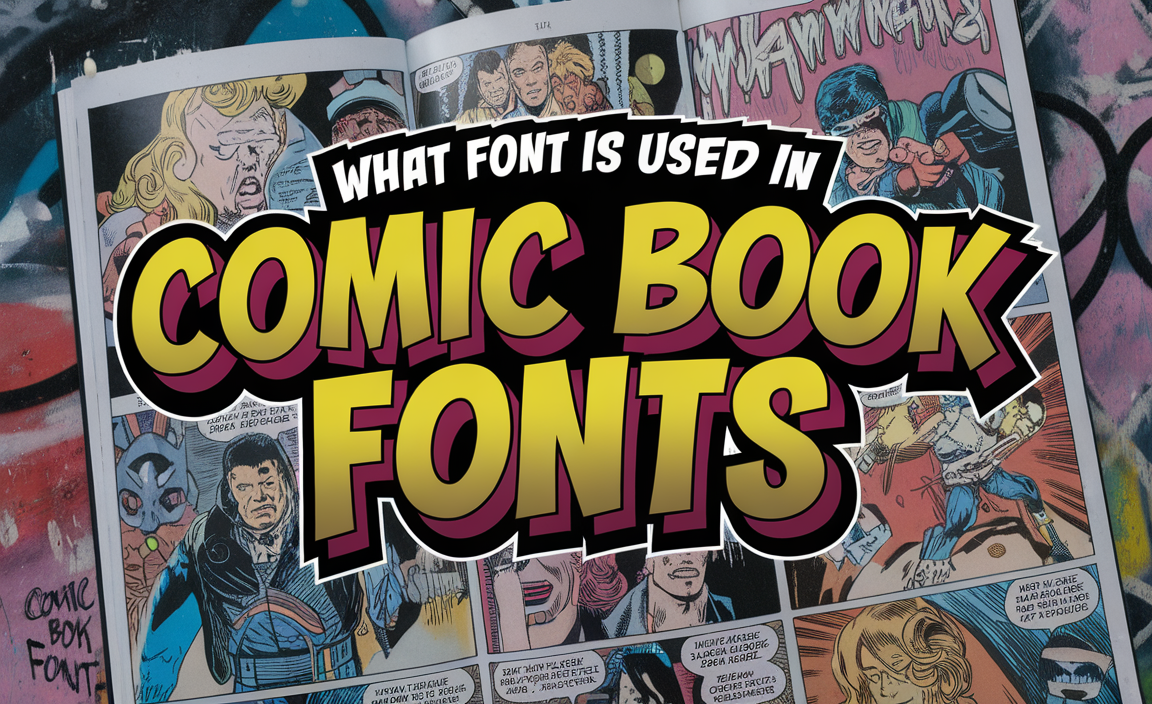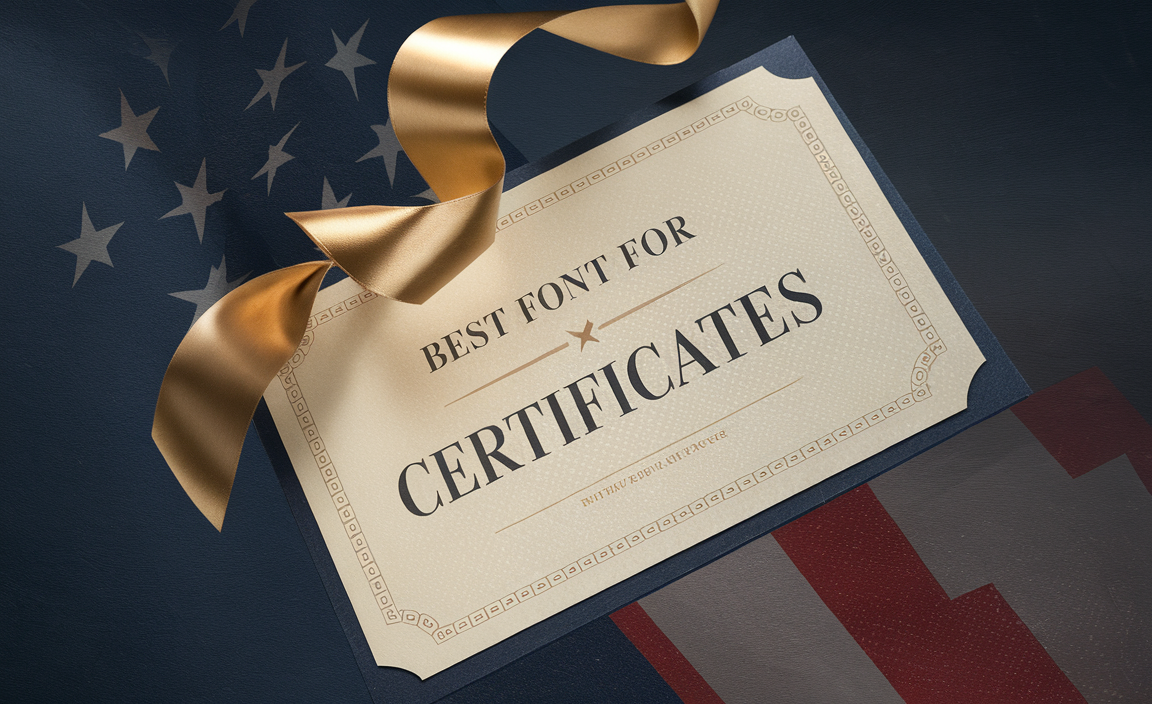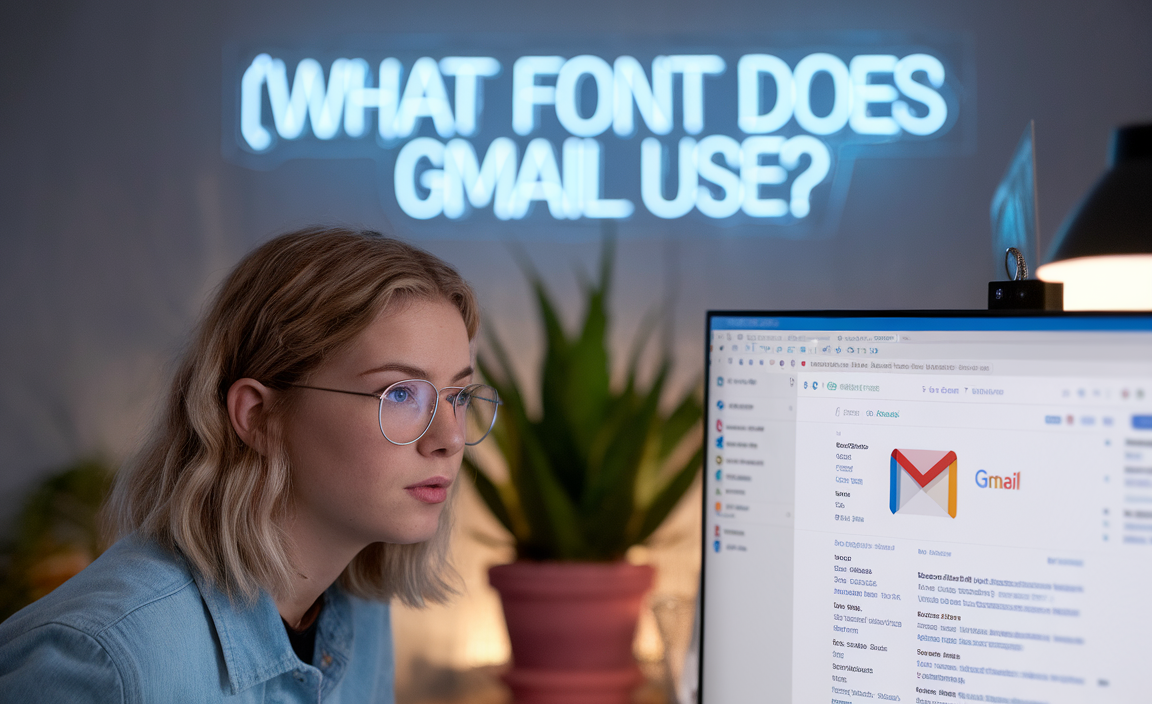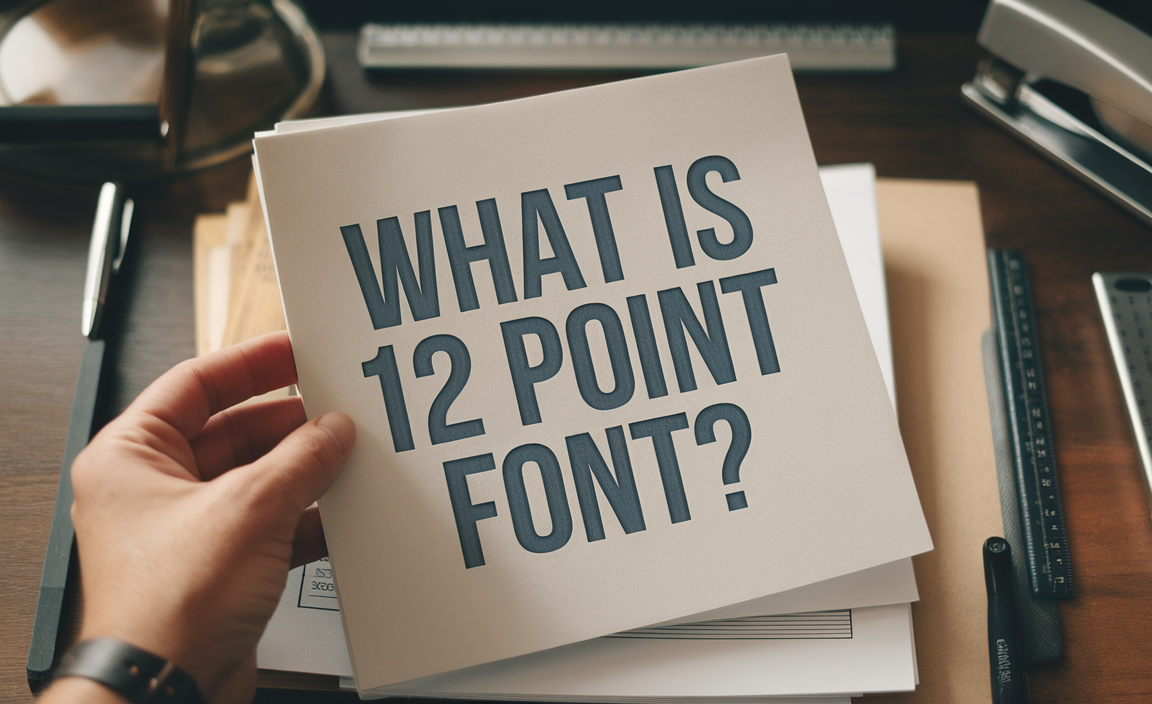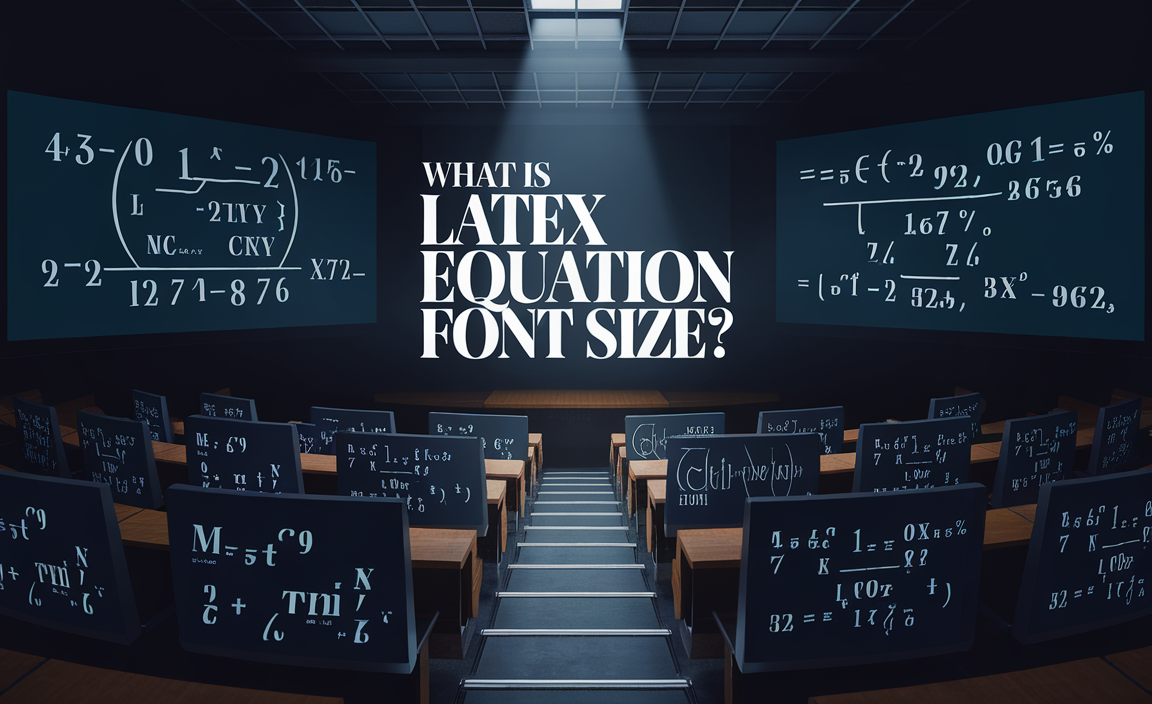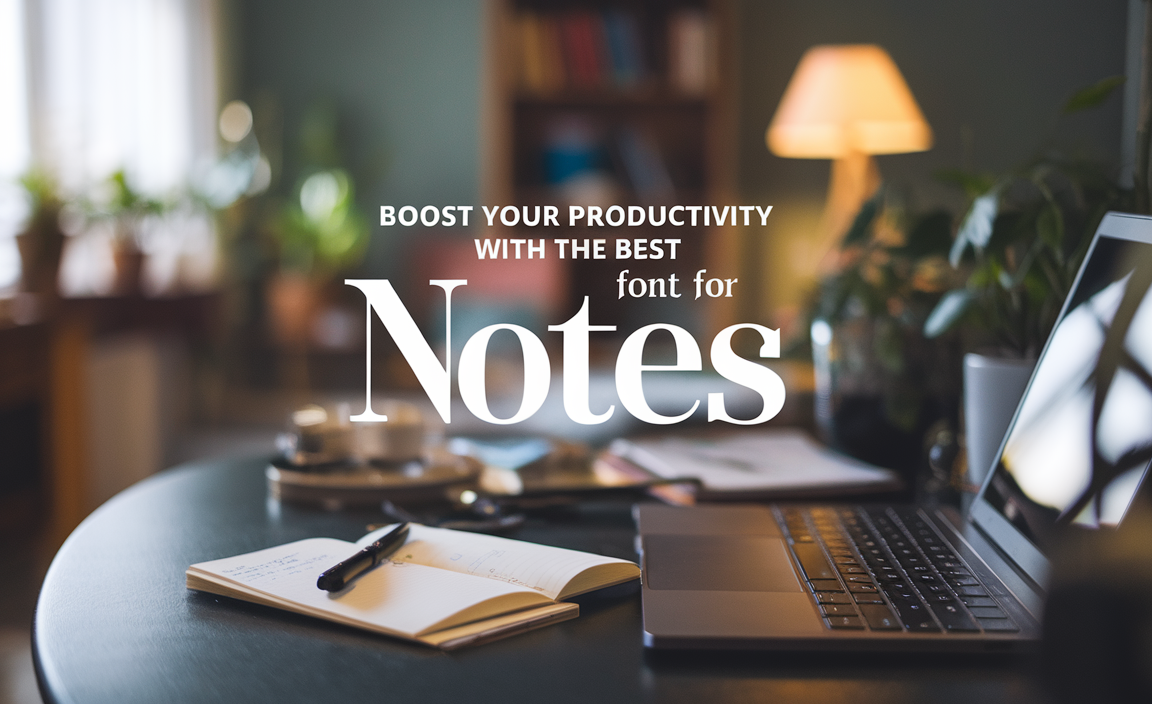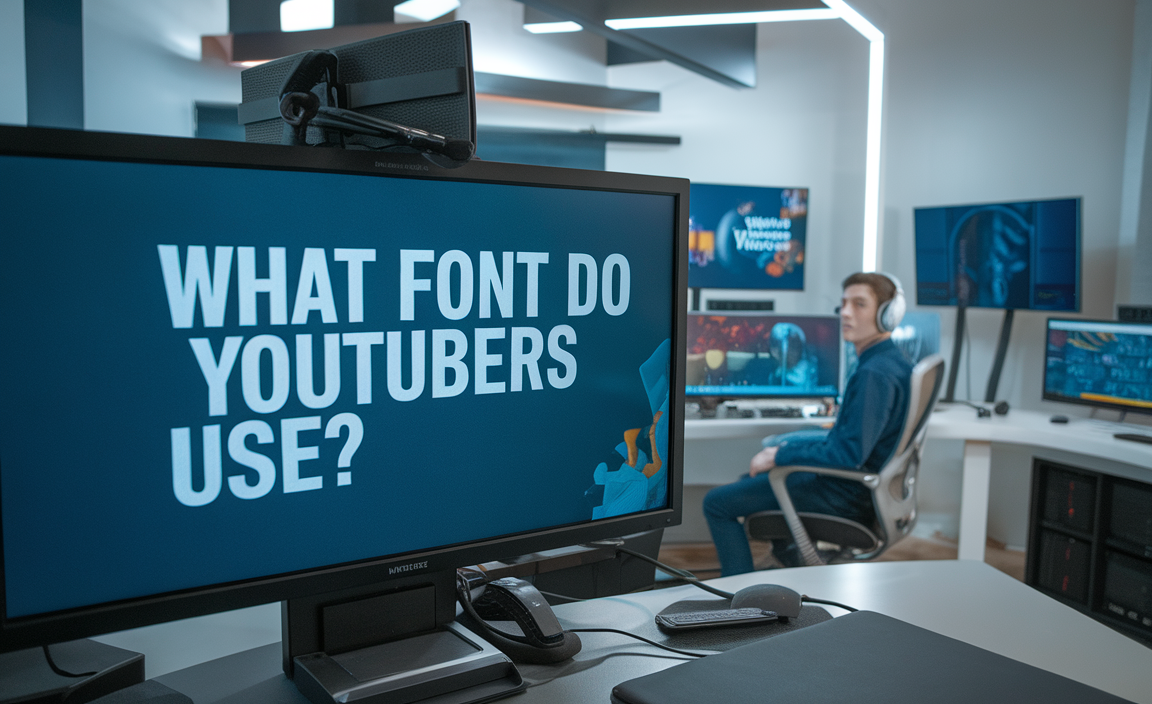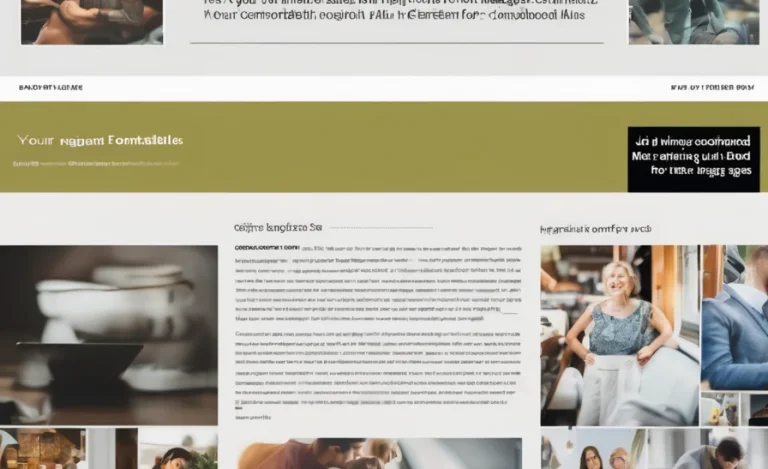Renaissance fonts, inspired by the artistry and elegance of the Renaissance period, have significantly influenced modern typography. These fonts reflect the style, sophistication, and creativity associated with the 17th and 18th centuries, offering a unique blend of historical elegance and modern flair.
Let’s explore some popular Renaissance fonts, their designers, and the features that make them ideal for various design projects, from printed materials to website content.
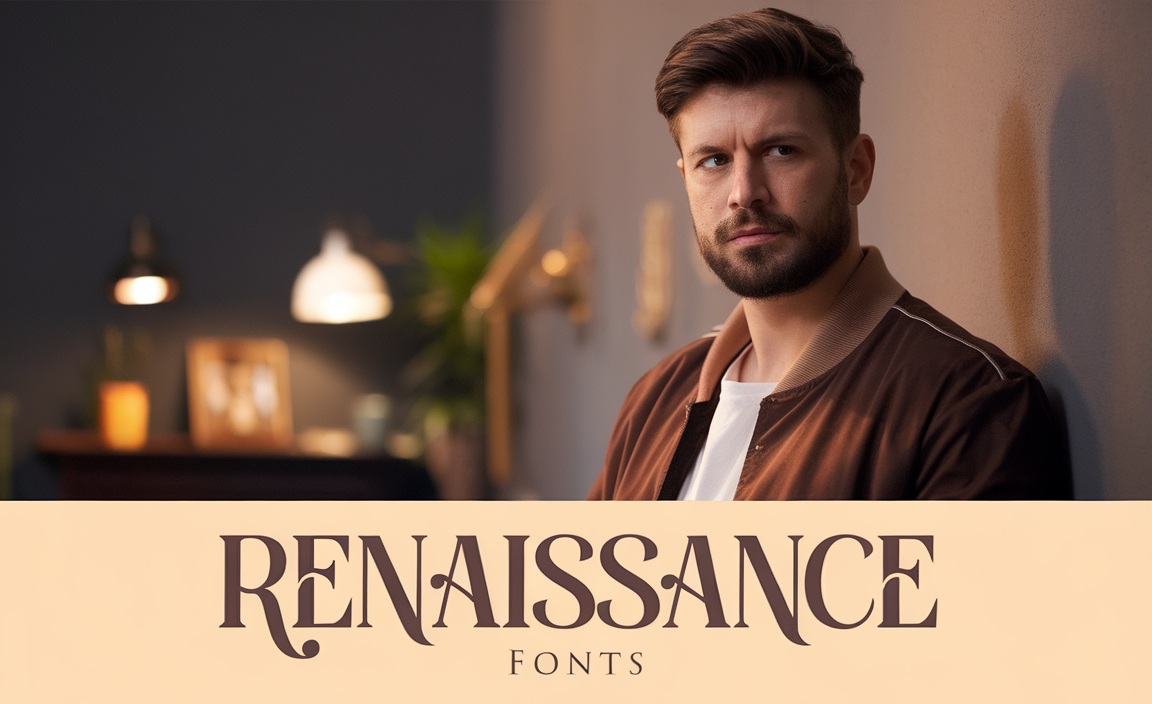
The Origins of Renaissance Fonts
Renaissance fonts originated in the Middle Ages. This era marked the beginning of typeface development for books and printed materials. Calligraphy from that time heavily influenced these fonts. Their distinct letterforms balanced functionality with aesthetic appeal.
Over time, the Renaissance style evolved into the more refined fonts we see today, with their elegance, high contrast, and sophisticated detailing making them suitable for a wide range of design projects.
Key Features of Renaissance Fonts
Renaissance fonts are characterized by their historical influence, with many tracing their origins back to the Middle Ages and the early 17th century. These fonts often include condensed shapes, sharp edges, and italicized forms, capturing the essence of old-world craftsmanship.
Their use of detailed letterforms and intricate curves adds to their beauty and readability. In modern times, these fonts have been adapted for digital content, available in various formats like SVG and PNG, making them versatile for both print and online media.
Popular Renaissance Fonts
Here are some popular Renaissance fonts, each with its distinct style and weight:
-
BD Renaissance
- Designer: Typographer and font designer BD
- Font Family: BD Renaissance
- Available Styles and Weights: Regular, Bold, Italic
- Description: BD Renaissance is a modern interpretation of classic Renaissance fonts, offering both elegance and readability. Its sharp, clean edges combined with the slight curves make it ideal for both printed materials and digital content like websites and posters.
-
Garamond
- Designer: Claude Garamond
- Font Family: Garamond
- Available Styles and Weights: Regular, Italic, Bold, Light, Semi-bold
- Description: One of the most popular and timeless Renaissance fonts, Garamond is used by countless fashion brands, book designers, and branding professionals. Known for its sophisticated and elegant letterforms, Garamond exudes both old-world charm and modern elegance.
-
Times New Roman
- Designer: Stanley Morison
- Font Family: Times New Roman
- Available Styles and Weights: Regular, Italic, Bold, Bold Italic
- Description: Originally developed in the 1930s for The Times newspaper, Times New Roman is a classic serif font with roots in the Renaissance style. Its versatility makes it perfect for body text, books, printed materials, and digital content.
-
Baskerville
- Designer: John Baskerville
- Font Family: Baskerville
- Available Styles and Weights: Regular, Italic, Bold
- Description: Baskerville is known for its high contrast between thick and thin strokes, a hallmark of Renaissance typography. It is widely used in printed materials and is often seen in luxury branding, creating an air of sophistication and creativity.
-
Cinzel
- Designer: Natanael Gama
- Font Family: Cinzel
- Available Styles and Weights: Regular, Bold, Italic, Black
- Description: Cinzel draws inspiration from Roman Empire inscriptions. It brings the grandeur of the Renaissance era into the modern digital world. Designers often use this font in logos and branding. It’s ideal for projects that aim to evoke history and elegance.
How Renaissance Fonts Can Be Used
Renaissance fonts are suitable for a wide variety of design applications. Here are some examples:
- Printed Materials:
The elegance of Renaissance fonts makes them ideal for printed books, posters, and invitations. Fonts like Garamond and Baskerville are particularly effective for large blocks of text, making them perfect for book design and publications.
- Web and Digital Content:
BD Renaissance and Cinzel often appear on websites and digital content to convey sophistication. These fonts work seamlessly with high-resolution displays. They scale easily to fit various screen sizes, ensuring a polished and versatile look.
- Branding and Logos:
Many fashion brands, luxury products, and high-end services use Renaissance fonts to convey sophistication and history. Cinzel and Baskerville, in particular, are popular choices for logos and branding materials.
- Typography for Special Projects:
Renaissance fonts with italicized and condensed versions can add flair to unique design projects, such as event invitations, business cards, or movie posters, by combining elegance with a sense of creativity and sophistication.
Why Choose Renaissance Fonts?
Renaissance fonts are a beautiful blend of history, aesthetics, and functionality. Their detailed and elegant letterforms make them an excellent choice for anyone looking to add a touch of class and sophistication to their design projects. These fonts are handy in a variety of contexts, from printed materials to digital content, offering versatility without sacrificing style.
Conclusion
Renaissance fonts offer a rich legacy of design, characterized by their sharp, elegant forms and historical origins. Designers, branding professionals, and creators can draw inspiration from these timeless typefaces to add sophistication, creativity, and elegance to a variety of design projects. With modern adaptations available in digital formats like SVG and PNG, these fonts continue to be a staple for both printed materials and online content.
FAQs
1. What are Renaissance fonts used for?
Renaissance fonts are handy for printed materials, branding, fashion designs, websites, and logos. Their elegance and historical charm make them suitable for sophisticated projects.
2. Can Renaissance fonts be used in digital content?
Yes, many Renaissance fonts are available in digital formats such as SVG and PNG, making them ideal for use in websites, online branding, and digital marketing.
3. Are there free Renaissance fonts?
Yes, several free Renaissance fonts, such as “Olde English” and “Medieval Times,” are available for personal use. However, some premium fonts may require licensing for commercial use.

